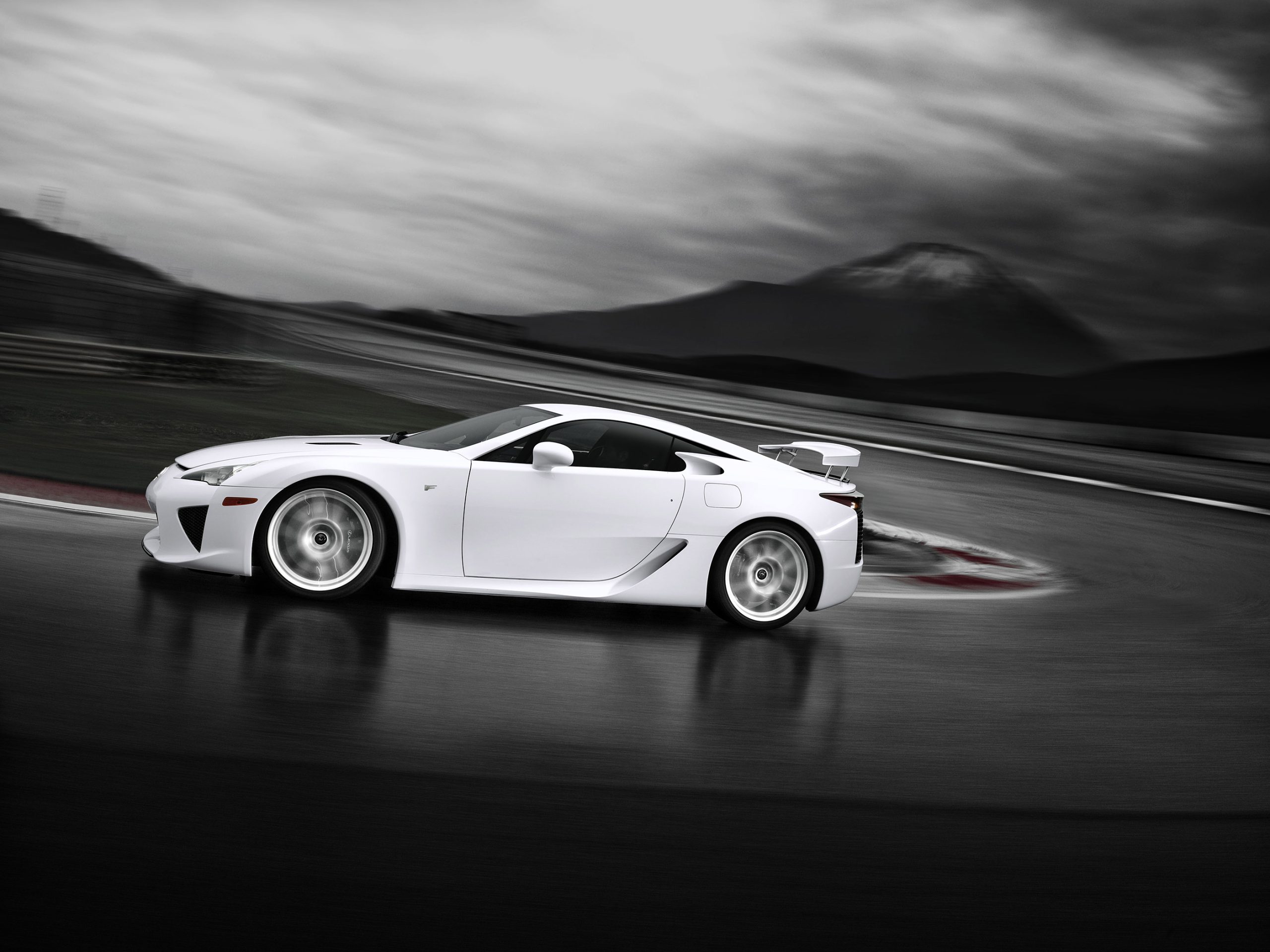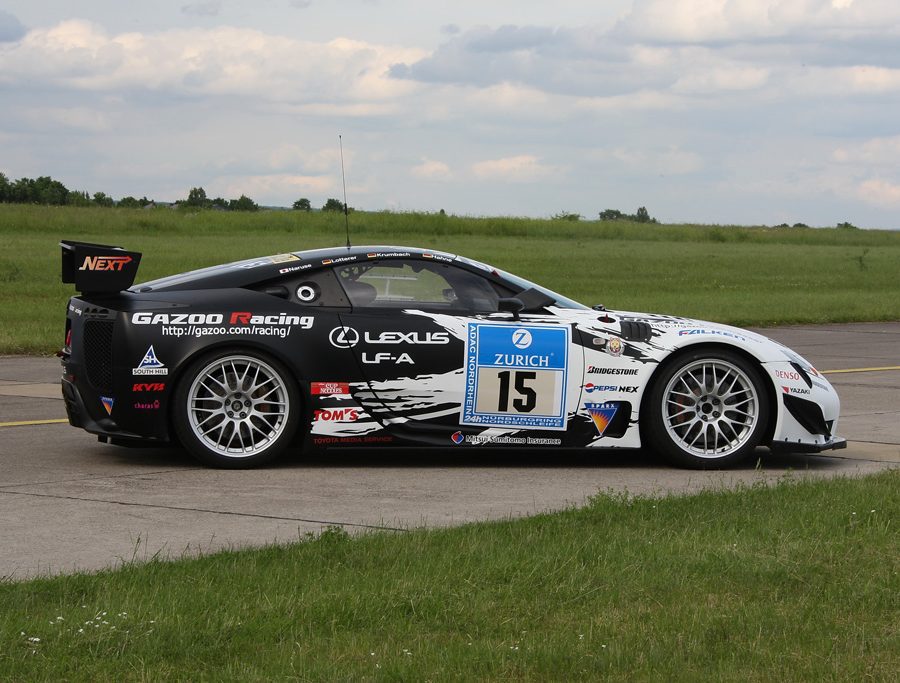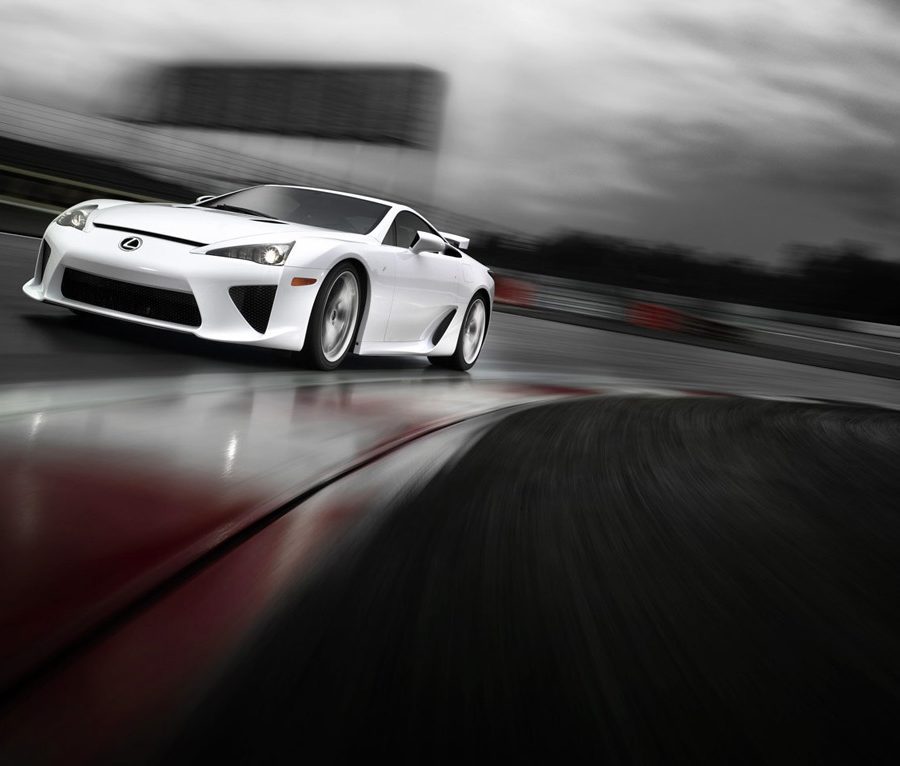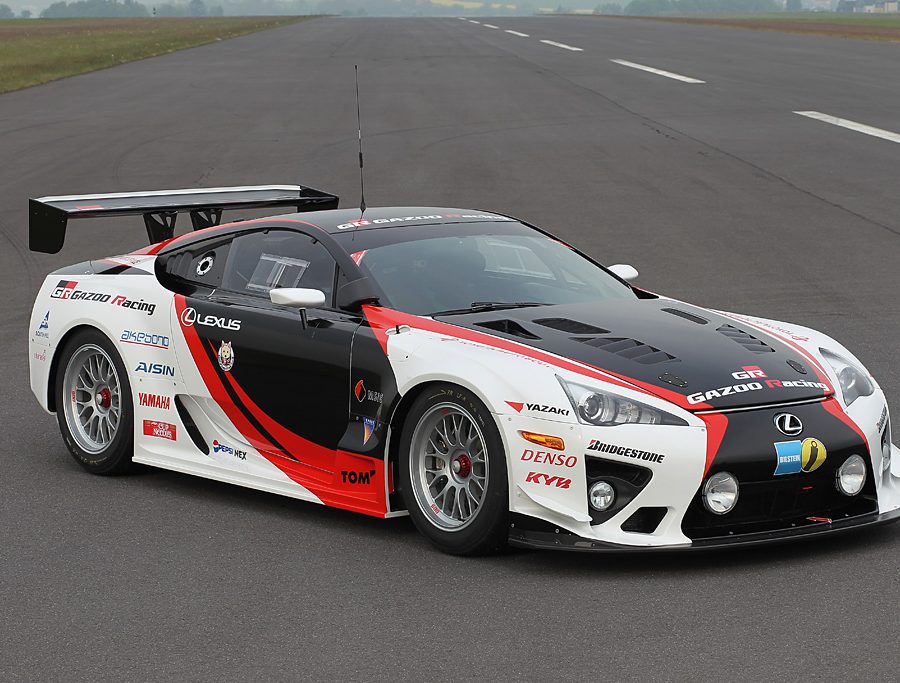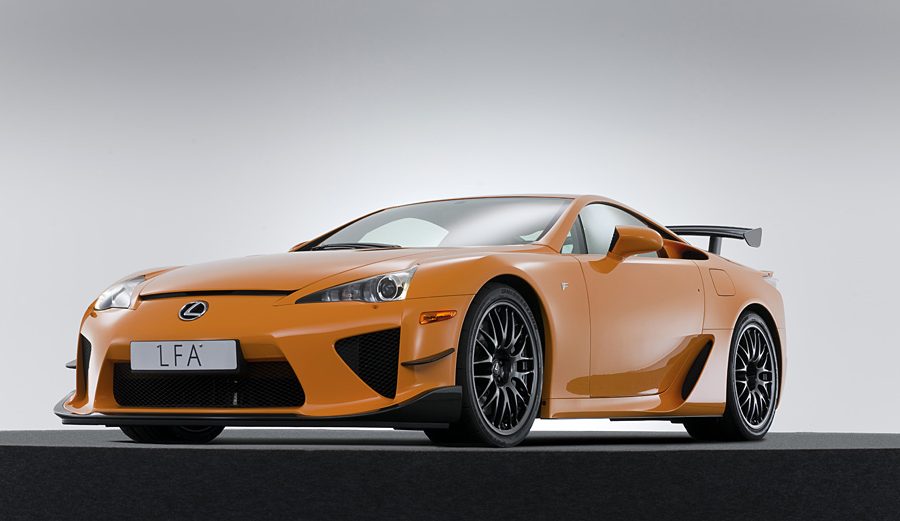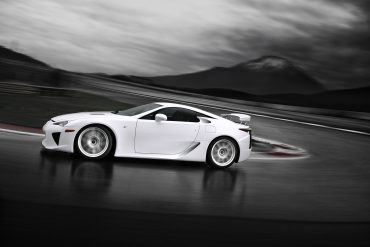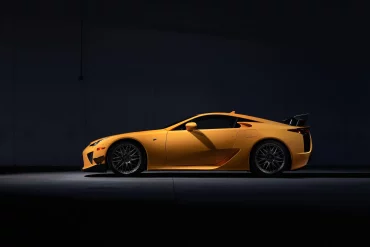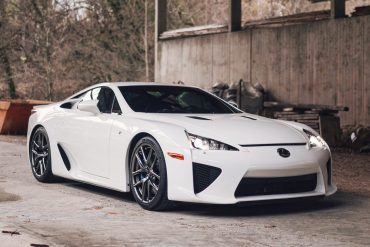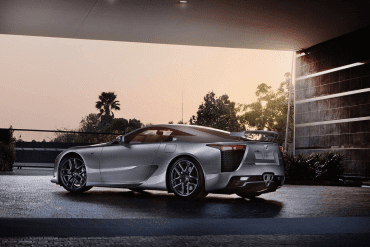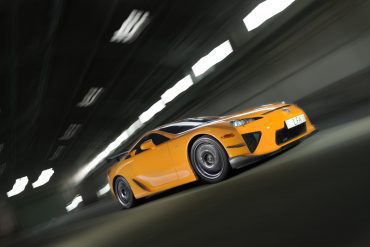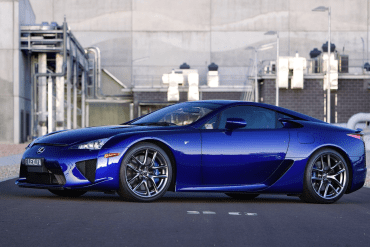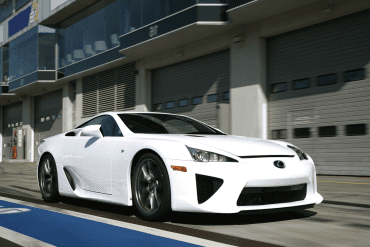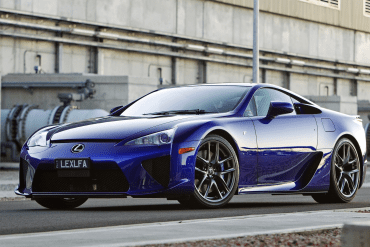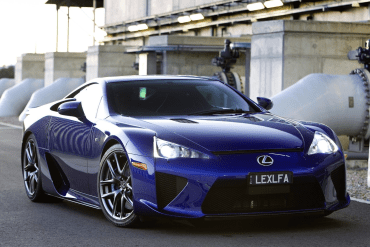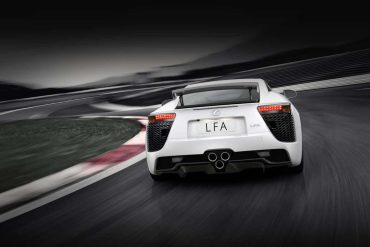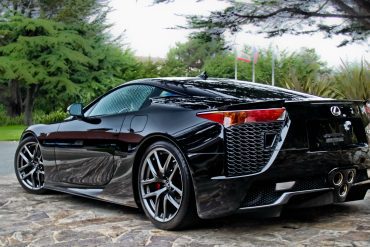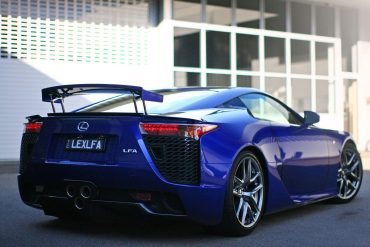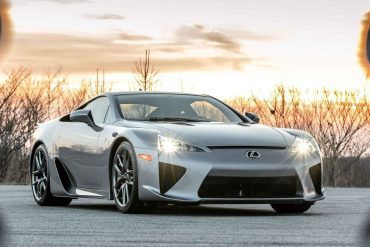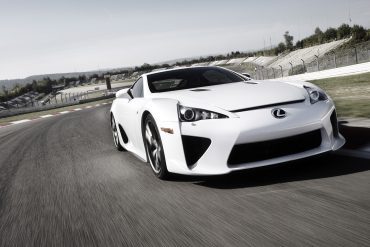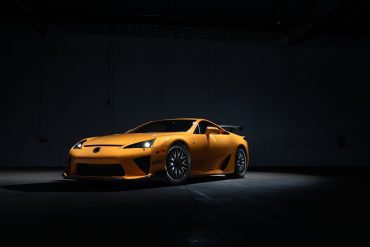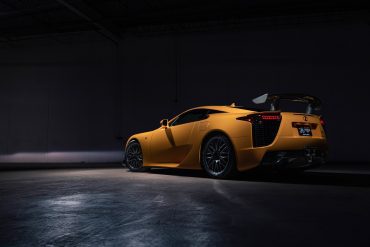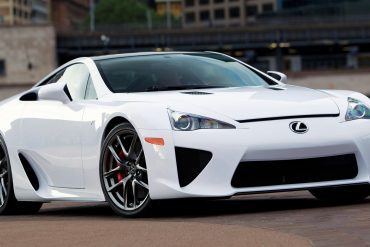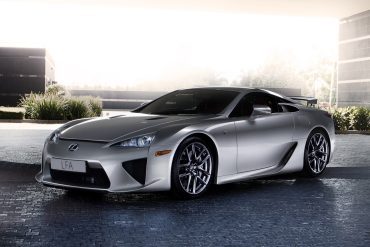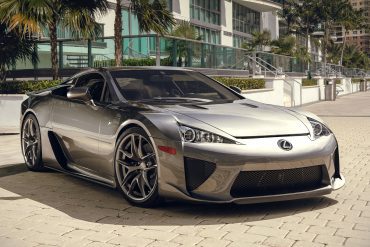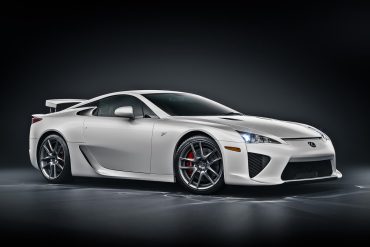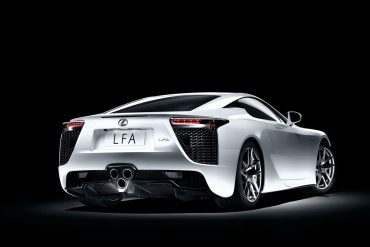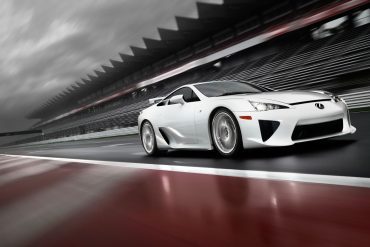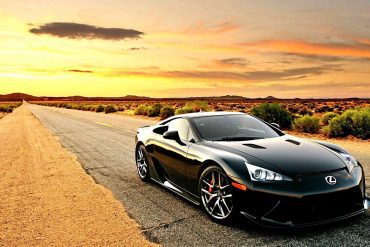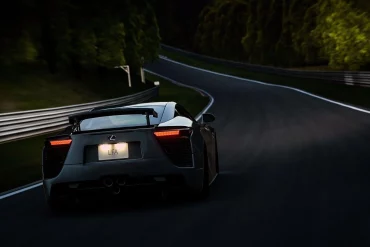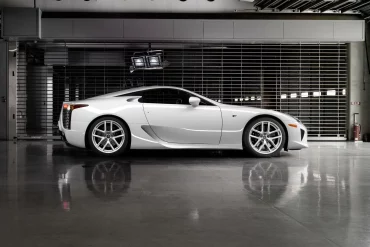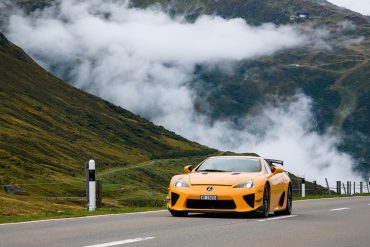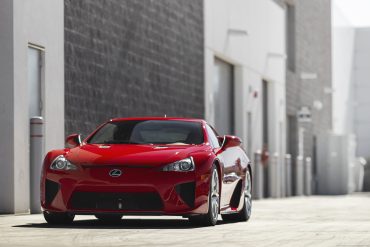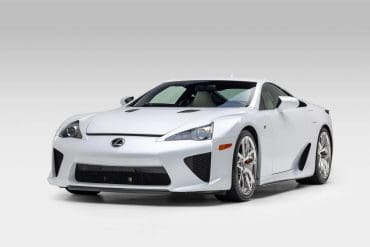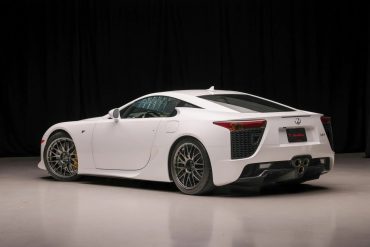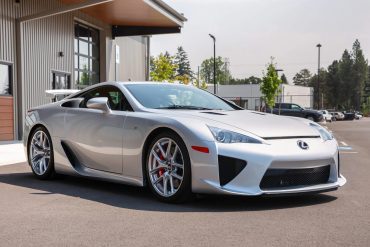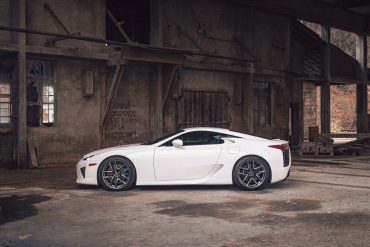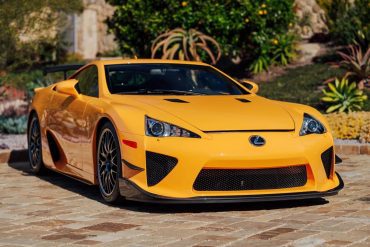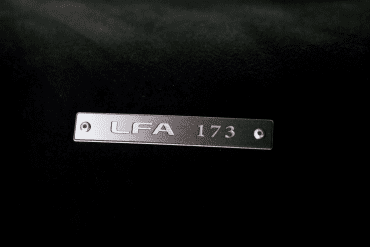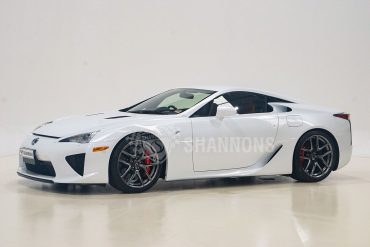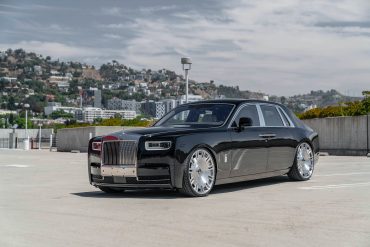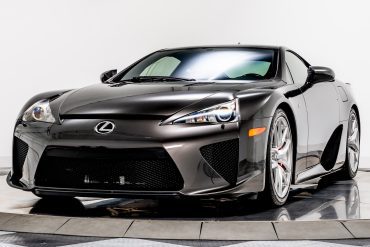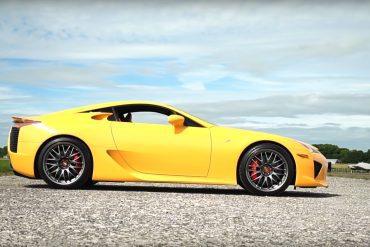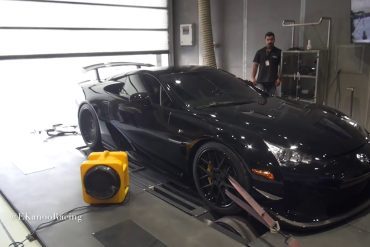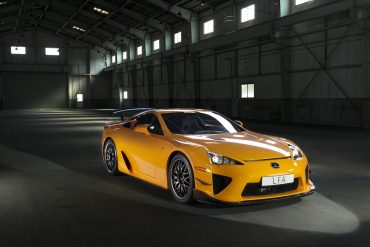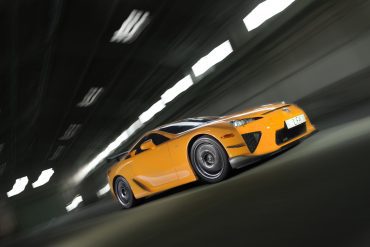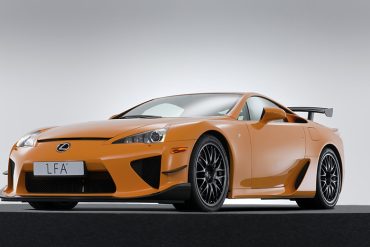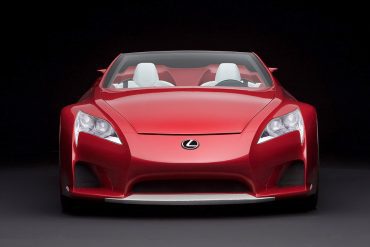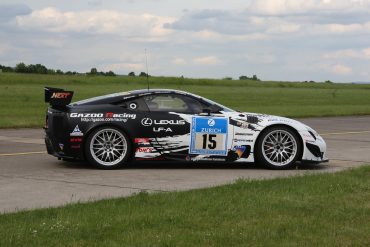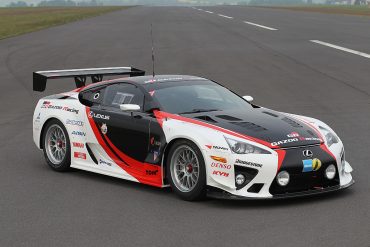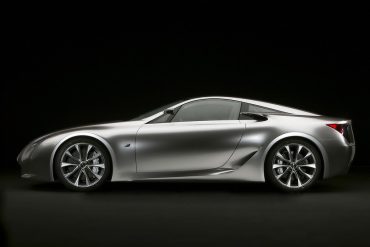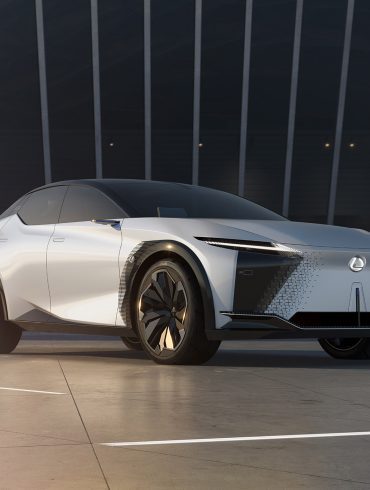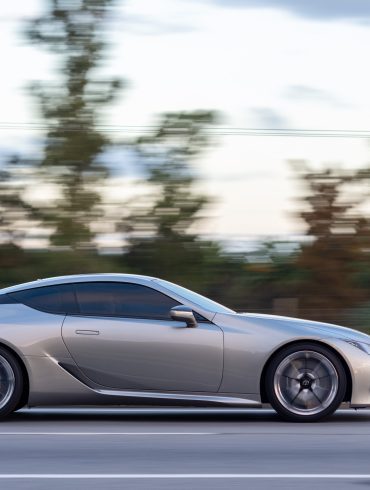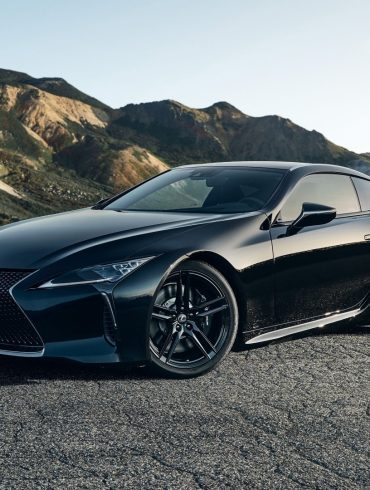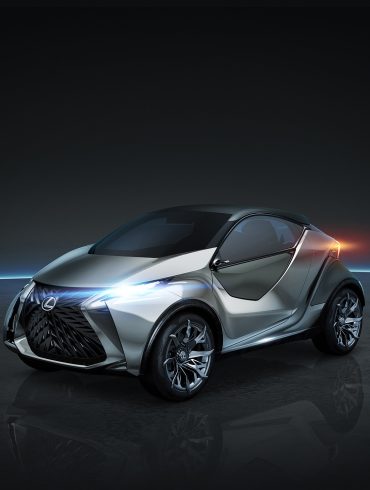2009 Lexus LF-A Nürburgring Ahead of the production debut, Lexus have prepared two of their upcoming supercar for the upcoming Nürburgring 24-Hour race. Akio Toyoda, Toyota’s Executive Vice President will be driving a stint in one of the cars. In preparation for the event, the first LF-A racecar was tested...
Lexus LFA
2010 - 2012
The Lexus LFA isn't just another supercar, it's an automotive anomaly. Its heart is a naturally aspirated V10 engine, a rarity in modern times, that screams to a stratospheric 9,000 rpm redline. The sound alone is worth the price of admission, a mechanical symphony unlike anything else on the road. But the LFA isn't just about noise; its lightweight construction and meticulous engineering deliver a razor-sharp handling experience.
Overview
In the pantheon of modern supercars, few vehicles are as revered or as enigmatic as the Lexus LFA. Launched in 2010 after nearly a decade of development, the LFA was Lexus's audacious entry into the high-performance sports car market. It was a car that not only pushed the boundaries of engineering and design but also redefined the Lexus brand itself, previously known more for luxury sedans than track-thrashing supercars. The LFA's story is one of passion, innovation, and a relentless pursuit of perfection.
The journey of the LFA began in the early 2000s, born out of a desire by Toyota (Lexus's parent company) to create a supercar that could compete with the best from Europe. The project, codenamed "F1," aimed to develop a car that combined speed, agility, and precision while encapsulating the pinnacle of Lexus luxury and refinement. Akio Toyoda, the company's president and an avid racing enthusiast, played a crucial role in the LFA's development, ensuring the project received the attention and resources it deserved.
At the heart of the LFA's allure is its engineering marvels, most notably its 4.8-liter V10 engine. Developed in collaboration with Yamaha, the engine is a masterpiece of power and acoustics, producing 552 horsepower and 354 lb-ft of torque. It revs from 0 to 9,000 rpm in just 0.6 seconds, faster than the tachometer could keep up, necessitating a digital display. This powerplant propels the LFA from 0 to 60 mph in just 3.6 seconds, with a top speed of 202 mph.
Yet, the engine is only part of the story. The LFA's chassis is made almost entirely from carbon fiber-reinforced polymer (CFRP), ensuring an ultra-light frame that provides exceptional rigidity and handling. This use of CFRP was pioneering at the time and exemplified Lexus's commitment to pushing the envelope of automotive technology.
The LFA's design is as striking as its performance. Its sleek, aerodynamic bodywork not only looks breathtaking but also serves a functional purpose, channeling air to cool the engine and brakes while providing downforce at high speeds. The interior is equally impressive, with a focus on driver engagement and luxury. The cabin is a cocoon of high-quality materials, including leather, carbon fiber, and aluminum, designed to enhance the driving experience without distraction.
One of the LFA's most distinctive features is its sound. The V10 engine's exhaust note was meticulously tuned to produce what Lexus describes as the "roar of an angel." This is not hyperbole; the LFA's engine sound is universally praised for its purity and intensity, a testament to the lengths Lexus went to imbue the car with a soul-stirring aural character.
With only 500 units produced, the LFA is a rare gem in the automotive world. Its exclusivity, combined with its technological achievements and performance capabilities, has made it a highly sought-after collector's item. The LFA marked a turning point for Lexus, proving that the brand could produce a supercar that stands shoulder to shoulder with the best from Italy and Germany.
The LFA's legacy is not just in its rarity or performance but in how it changed perceptions of what Lexus could be. It demonstrated Lexus's engineering prowess and commitment to excellence, influencing the brand's subsequent vehicles in terms of design, technology, and performance.
In conclusion, the Lexus LFA is more than just a car. It is a symbol of ambition, an engineering triumph, and a love letter to automotive enthusiasts. It shows what is possible when passion and innovation collide, creating a vehicle that moves the heart as much as it does the body. The LFA is not just a high point for Lexus; it is a high point for the automotive world.
Lexus LFA Basics
Manufacturer: Toyota
Model code: LFA10
Production: 2010 – 2012
Production: 500 units
Model years: 2012
Assembly: Japan
Designer: Kengo Matsumoto
Body style: 2-door coupé
Layout: Front-mid engine, RWD
Engine: 4.8 L V10
Power output: 553–563 hp
Transmission: 6-speed automated manual
Wheelbase: 2,605 mm (102.6 in)
Length: 4,505 mm (177.4 in)
Width: 1,895 mm (74.6 in)
Height: 1,220 mm (48.0 in)
Curb weight: 1,614 kg (3,559 lb)
Did You Know?
Yamaha, known for their musical instruments, helped design the LFA's V10 engine specifically to sound like a Formula 1 car. It's pure automotive music.
The LFA's engine can rocket from idle to its 9,000 RPM redline in just 0.6 seconds! This required a digital tachometer because an analog needle couldn't keep up.
The LFA is an opera singer in a world of heavy metal."
Chris Harris (EVO Magazine)
Our Favorite Lexus LFA Images
The LFA proved that even a boring brand could create an iconic supercar.
"If there were one car that could convince an enthusiast that a gasoline-powered performance car is an object worth preserving, it is this one."
Automobile Magazine


